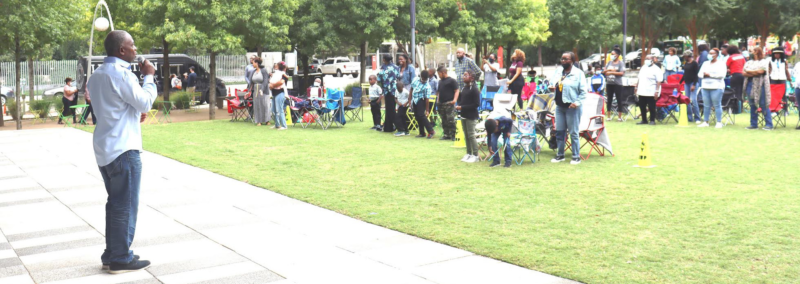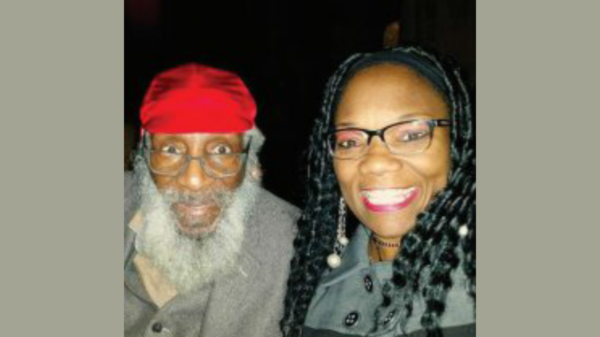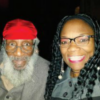
By Sylvia Dunnavant Hines
Nationally schools across the country have dealt with confusion and conflict regarding health restrictions as they tried to find some form of normalcy during the COVID-19 pandemic.
Yet in the heart of South Dallas, St. Philip’s School and Community Center has used the challenging environment presented by the pandemic as inspiration for growth and innovative success.
“From the school side, we were able to convert to virtual learning,” said Kellee Murrell, principal of St. Philip’s School. “We also did a lot of professional development for our teachers. We provided resources for our families as they had to transition so that they could access and join in online.”
St. Philip’s School and Community Center is a private Christian school located just minutes from downtown Dallas with students PK2-7th grade.
“Once students were able to enter the building, we had some students whose parents wanted to keep them home. They were able to log in and we use camer-as called swivel cameras which allowed those at home to feel a part of the classroom environment,” said Murrell, adding that much of their success was based on developing a task force and keeping stakeholders and parents engaged during the various challenges of the COVID-19 pandemic.
“It was really just a combined effort from the school, our parents, the board and others giving feedback, as to how we were going to transition,” she continued. “We got a lot of great responses from our families that felt we really did a great job during COVID ensuring that our students didn’t miss out academically.”
Even though during the peak of the pandemic the school shifted to virtual learning, they used creative methods to try to include arts and physical education in the routine of their students.
“I would say one of our triumphs was that even though we were distant, we were still together. We over communicated to our families to ensure that they felt safe, and that their children were safe,” said Murrell.
Despite national averages that showed Black and Hispanic students did not fare well during the COVID-19 pandemic, Murrell said their students academically continued to fare very well.
Dr. Terry Flowers, Executive Director of St. Phillip’s said that even in the midst of the COVID pandemic the school experienced an increase in enrollment.
According to a new report from the National Alliance for Public Charter Schools, enrollment grew 7% at charters between 2019 and 2022, while falling 3.5%, or almost 1.5 million, at traditional public schools over the same period.
“As a Community Center we have a food pantry. Our intention was to continue as best we could to provide services to our community,” said Dr. Flowers. “Our food pantry is an in-house shopping experience where people go into the food pantry and shop as though they were in a store. We had to pivot, and we moved that activity and operation outside. It became more of a drive through model.
“We are one of few food pantries in all north Texas that continued to provide services even though the need increased by 50 percent.”
Dr. Flowers attributes creative changes in the St. Philip’s Community Center to their ability to successfully provide services without interruption. They also made changes to their senior citizen transportation program which allowed them to provide home deliveries for seniors so that this at-risk population did not have to get out into the community.
“Even though we were virtual we tried to continue to make it feel like school. We tried to add joy and fun by creating opportunities for kids to get together outside of class.
Movie night is one way to gather the youth together.
“We rented a big screen and people were able to fellowship from their vehicles on blankets while socially distance outdoors. We also allowed families to gather at a local park where there was praise and worship. We called it praise in the park,” said Murrell.
Dr. Flowers said that even though the school has small classroom sizes, social distancing was still challenging.
“We made some investments during the pandemic that are still active for us,” he shared. “We have temperature check machines; we have hand sanitized stations and masks. We created an isolation room for students that showed COVID symptoms and needed to be placed in a separate space. Many of these modifications will continue should we experience another pandemic.”
This story is part of a project funded from the National Association of Black Journalists (NABJ) and the Chan Zuckerberg Initiative (CZI) to support original and innovative coverage of the COVID-19 pandemic, the coronavirus vaccine, and how these topics intersect into the nation’s K-12 education system.









